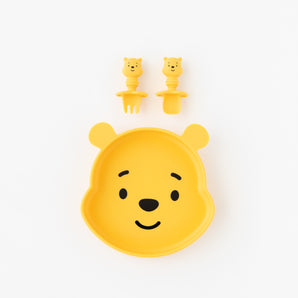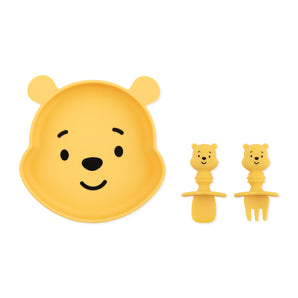As a parent, you probably worry about how much sugar your kids eat. Consuming too much sugar can be harmful, but it’s also not good to be too restrictive of your child’s sugar intake. In this article, @kristen.carli, MS, RD, shows us how to balance sweets with nutritious foods that support your little one's growth and development.
Establishing Healthy Habits Early
Children develop their adult eating habits during childhood. This is why the relationship with food that parents model to their young ones is so important.
Introduce a variety of foods and flavors early and often. Encourage a balanced diet that includes different fruits, vegetables, whole grains, and lean proteins to set the foundation for a lifetime of healthy eating.
Most healthy children can naturally eat intuitively; that is, eat when they're hungry and stop eating once they're full. It’s best to allow children to follow their natural hunger and fullness cues.
The Science on Sugar
We know that consuming too much sugar is not great for health. But if we don’t teach our children how to eat a balanced diet, we could be setting them up for failure once they are old enough to make their own food choices.
Being overly restrictive of foods just makes kids (and adults) want those foods more. In an effort to control your child’s sugar intake, it’s possible to make them crave these foods more and potentially binge on them.
It’s good to have some structure around sugar and we aren’t recommending a free-for-all, but we do hope that you are inclined to take a more balanced approach to sugar after reading this article.
How to Manage Sugar for Your Family
While this article provides information and suggestions, only you can decide what’s best for you and your kids.
-
The most important point suggestion we can make is to try to not make a big deal about sugar. Try not to speak negatively about sugar around your kids. When you decide to serve it, just serve it without disclaimers or explanations. Remember, it’s just food.
-
Decide how often you want to serve sweet foods like candy or desserts. Some parents do it with every dinner or more frequently; others do it a few times a week or even less often.
-
Don’t make serving sweets dependent on what your child ate earlier that day or whether they behaved at the meal. Try to keep food separate from behavior.
-
Serve sweets without any disclaimers or discussion. Just eat it and enjoy it! If you’d like to, eat the dessert with them. if you don’t want to, that’s okay, too. If they wonder why you’re not, try to say things like, “I don’t feel like that right now” or, “I’m not hungry,” instead of “I can’t have that.”
-
Children (and adults) learn through experience. If your child feels sick after eating too much sugar, it can be a great way to learn that eating too much of certain foods doesn’t feel great.
-
If your child asks for sweets when it’s unplanned, try using phrases like, “We’re not having that right now. We’re having this instead.” “Sometimes we eat that, and sometimes we don’t,” instead of “You can’t have that because it’s not healthy.”
-
Much of the research on sugar and its health impact relates to excessive intake of sugar-sweetened beverages (SSBs) For many families, SSBs are not served in the home, but they enjoy sweet foods instead of sweet beverages. You can decide what works best for your family.
Remember – it’s perfectly acceptable to like and eat sweets. Just because your child enjoys sweets doesn’t mean they won’t like other foods, too. Encourage balance and variety and try not to label sweets as off-limits.









